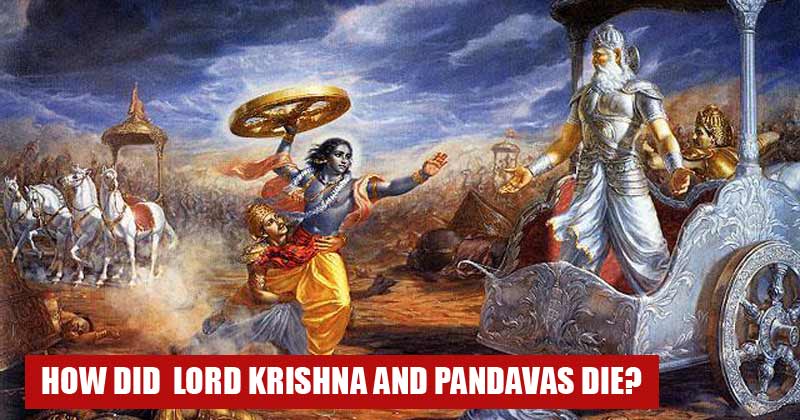
We suggest that mental imagery is key to bridging the experience, memory, and intrusive recollection of the traumatic event.

Here, we present a pragmatic clinical-neuroscience framework for understanding intrusive memories, breaking intrusive memories into five component parts. Our understanding of intrusive memories at a neuroscientific level on the other hand is not. Clinically, intrusive memories are well documented. A hallmark symptom of PTSD is the experience of intrusive memories of the trauma ( 4). Most people will experience or witness a traumatic event over the course of their lifetime and a significant minority will go on to develop post-traumatic stress disorder (PTSD) ( 2, 3). I felt guilty that she may have seen what happened and that she would be traumatised by it.Ī patient’s description of a traumatic event, taken from Holmes et al. He then ran off and I looked back to my house to see my daughter crying and banging at the door. I was feeling helpless I was worried I had forgotten some money and he would find it and say I was lying to him. He then checked my pockets and asked for my purse to check it and rummaged through it.

I was scared he would realise that I live here I was worried for my daughter. The mugger put a knife to my neck he said ‘give me your money’. The Patient Experience of Intrusive Memories Further, we suggest that by considering the brain mechanisms involved in the component parts of an intrusive memory, in particular mental imagery, we may be able to aid the development of a firmer bridge between patients’ experiences of intrusive memories and the clinical neuroscience behind them. Overall, we suggest that mental imagery is key to bridging the experience, memory, and intrusive recollection of the traumatic event. Unanswered questions that exist in our understanding of intrusive memories are considered using the proposed framework. A mapping of these five components onto our understanding of the brain is described. Each component part is considered in turn, both behaviorally and from a brain imaging perspective. Stemming from the clinical presentation and our current understanding of the processes involved in intrusive memories, we propose a framework in which an intrusive memory comprises five component parts autobiographical (trauma) memory, involuntary recall, negative emotions, attention hijacking, and mental imagery. In particular, we focus on studies combining the trauma film paradigm with neuroimaging.
#What happened to quez stresser how to#
Next, one mechanism of how to model intrusive memories in the laboratory, the trauma film paradigm, is examined. We first present an overview of the patient experience of intrusive memories and the neuroimaging studies that have investigated intrusive memories in PTSD patients. In particular, we know little about the brain mechanisms involved in why only some moments of the trauma return as intrusive memories while others do not. However, key questions, including those involving etiology, remain. Intrusive memories are a hallmark symptom of post-traumatic stress disorder (PTSD).


This hypothesis and theory paper presents a pragmatic framework to help bridge the clinical presentation and neuroscience of intrusive memories following psychological trauma.


 0 kommentar(er)
0 kommentar(er)
